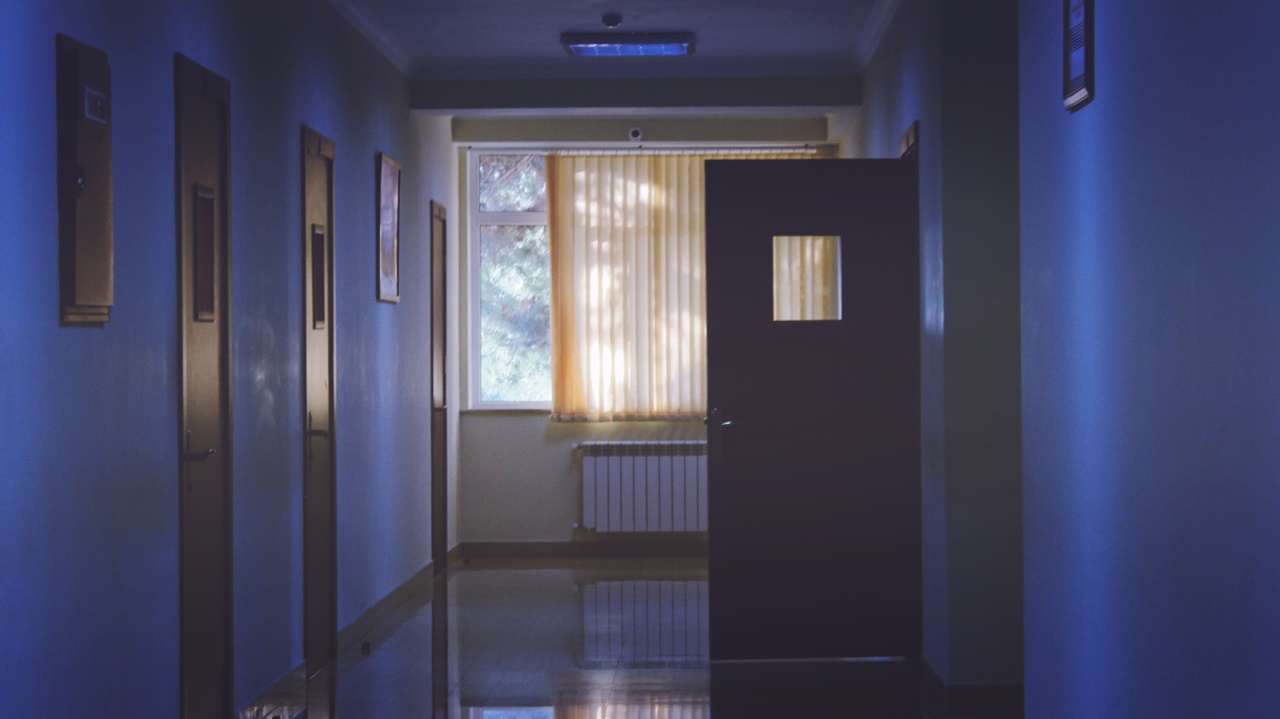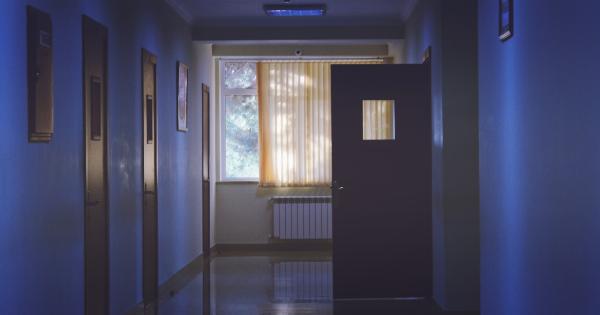Hospital rooms play a critical role in patient care and recovery. However, one aspect that often goes unnoticed is the lighting conditions in these rooms.
Many hospital rooms are notorious for their poor lighting, which can have significant implications for patients’ health and well-being. In this article, we will explore the reasons behind the inadequate lighting in hospital rooms and discuss the potential impacts on patients.
The Impact of Lighting on Patient Health and Well-being
The importance of lighting on human health and well-being cannot be overstated.
Natural light exposure helps regulate the internal body clock, also known as the circadian rhythm, which aids in maintaining healthy sleep patterns and overall physiological functions. Insufficient exposure to natural light has been linked to various health issues, including disrupted sleep, mood disorders, and weakened immune systems.
The Challenges of Hospital Design
Designing hospital rooms that meet the diverse needs of patients and healthcare providers can be a complex task. Hospital design must prioritize infection control, ergonomics, and privacy while ensuring functionality and a healing environment.
Lighting is often overlooked amidst these competing priorities, resulting in suboptimal lighting conditions in hospital rooms.
Cost Considerations
Hospitals often face stringent budget constraints, and lighting systems typically account for a small fraction of the overall expenses.
Allocating a significant portion of the budget towards implementing high-quality lighting systems might not always be feasible. As a result, hospitals may opt for cost-effective lighting solutions that sacrifice lighting quality and patient comfort.
Inadequate Natural Light
Hospital rooms are frequently situated deep within a building, far from any external windows. This lack of access to natural light can have detrimental effects on patients’ circadian rhythm and overall well-being.
Exposure to natural light has been proven to enhance mood and reduce anxiety levels, both of which play vital roles in the healing process.
The Importance of Task Lighting
While natural light is highly beneficial, hospital rooms must also have adequate task lighting.
Many medical procedures require precision and attention to detail, and performing these tasks under dim or inadequate lighting conditions can pose risks to both patients and healthcare providers. Proper task lighting can improve visibility, minimize errors, and enhance overall safety in medical environments.
Limited Control over Lighting
Patients in hospital rooms often have limited control over the lighting conditions. While some rooms may have adjustable lighting fixtures or window blinds, patients may not have the mobility or energy to make adjustments themselves.
Moreover, healthcare providers may prioritize other aspects of patient care over adjusting lighting, resulting in patients being exposed to prolonged periods of poor lighting.
Patients’ Vulnerability and Sensitivity
Many patients in hospital rooms are already in a vulnerable state due to their medical condition. Poor lighting conditions can exacerbate their discomfort, impair their sense of orientation, and exacerbate feelings of anxiety or depression.
Patients are more susceptible to the impacts of poor lighting due to their compromised immune systems, making it imperative for hospitals to prioritize optimal lighting in patient care areas.
The Role of Lighting in the Recovery Process
A conducive healing environment is crucial for patients to recover effectively. Lighting has a significant role to play in creating such an environment.
Well-designed lighting systems that mimic natural light patterns can contribute to better sleep quality, reduce stress levels, and promote an overall sense of well-being in patients. Conversely, poor lighting conditions hinder the recovery process and may prolong hospital stays.
Recognizing the Need for Change
The healthcare industry is gradually recognizing the importance of lighting in patient care, and efforts are being made to address the issue.
Some hospitals are undergoing renovations to improve lighting conditions in patient rooms, while others are incorporating innovative technologies such as circadian lighting systems that mimic natural light patterns. Recognizing the need for change is the first step towards enhancing the lighting quality in hospital rooms.
The Future of Hospital Lighting
Advances in lighting technology and increased awareness about the impact of lighting on patient health are paving the way for better lighting solutions in hospitals.
Human-centric lighting systems, which adjust lighting according to the time of day and individual needs, are being explored as a means to optimize patient comfort and recovery. Additionally, the integration of smart lighting systems and sensors can provide real-time data on lighting conditions, helping hospitals identify areas in need of improvement.
Conclusion
The poor lighting conditions in hospital rooms can have profound consequences for patients’ health and well-being.
Recognizing the importance of lighting in patient care is crucial for hospitals to create healing environments that support recovery and promote positive outcomes. By addressing the challenges of hospital design, prioritizing lighting quality, and incorporating innovative lighting solutions, hospitals can ensure that their patients benefit from optimal lighting conditions during their stay.





























